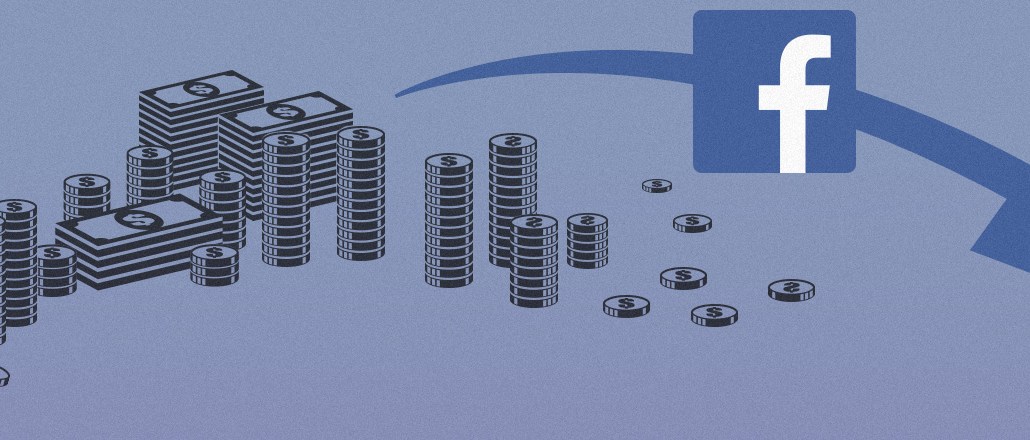Register by Jan 13 to save on passes and connect with marketers from Uber, Bose and more
‘A shrewd move’: Publishers see Facebook mid-roll ads as potential boon

With great reach comes great anticipation for ad products.
On Monday, Recode reported that Facebook will start showing ads in the middle of videos and giving publishers 55 percent of all sales, which is the same split that YouTube offers. Publishers who spoke to Digiday were excited about the potential of mid-roll ads to help them create a revenue stream around Facebook video. But some sources were concerned that the ads would reduce engagement.
“This gives us an opportunity to make more content and make it a more investable channel,” said Michael Hannon, vp of yield and revenue optimization at Purch. “If the data ends up proving that it works, why wouldn’t we [make more Facebook videos]?”
Although Facebook continues to nudge publishers to create video content for the platform, its video ad offerings have been sparse. So despite the extensive reach that Facebook offers, publishers have had trouble monetizing the videos they post on the platform.
But Facebook has recently opened new ways for publishers to make money on video. Last year, Facebook began allowing publishers to post advertorials and it started testing ads in live video. Several publishers told Digiday that they have been expecting Facebook to roll out mid-roll video ads for awhile. Joe Speiser, CEO of LittleThings, anticipated a wider roll-out of mid-roll ads by the end of the first quarter.
Facebook declined to comment for this story. But in in September, Dan Rose, Facebook vp of partnerships, told Poynter: “Next year, we’re going to be looking at ways to apply the ad break model to regular videos on Facebook, videos that are not live. … Over the next few months, we’re going to be expanding the ad break within live videos.”
Marketing Land reported that the ads will be limited to 15 seconds. And, according to Recode, publishers will only be able to insert the ads after people have watched a video for at least 20 seconds and the ads can only appear in videos that are at least 90 seconds long. While those criteria might undercut many publishers who push short videos, publishers who spoke with Digiday did not expect these criteria to limit their monetization potential.
“For us, we’re excited because we have very high engagement,” said David Grant, president of PopSugar Studios. “We think it’s a pretty great opportunity [to insert ads at] 20 seconds.”
Although publishers liked the mid-roll format, there was uneasiness that engagement might drop off after ads are inserted into videos. But media analyst Rebecca Lieb speculated that “common sense would dictate that if a viewer has invested 20 seconds in a video, they’ll hang in there for the end.”
Sources also said that by creating a 90-second minimum, publishers will be incentivized to lengthen the videos they post to Facebook. As Michael Kuntz, svp of digital revenue at the USA Today Network put it, the proposed mid-roll ads “will change the type of content that many publishers will want to syndicate across that platform.”
Joe Hyland, CMO of webinar platform ON24, said that by rolling out mid-roll ads, Facebook is sending a clear message to publishers that they need to create engaging content if they want their ads to be seen.
“Facebook realizes that with video, engagement is more valuable than just clicks,” he said. “I think it’s a shrewd move by Facebook to ensure only the most engaging content makes its way onto the platform.”
More in Media

Media Briefing: Here’s what media execs are prioritizing in 2026
Media executives enter 2026 weathered by disruption, but refocused on AI revenue, brand strength and video and creator opportunities.

Why publishers are building their own creator networks
Publishers are forming creator networks to regain control, combat traffic declines, and reach audiences shifting toward influencers.

The accidental guardian: How Cloudflare’s Matthew Prince became publishing’s unexpected defender
Cloudflare’s day job is fending off botnets and nation-state cyberattacks, not debating how Google and other AI firms crawl publisher sites.








